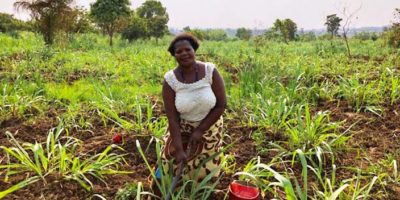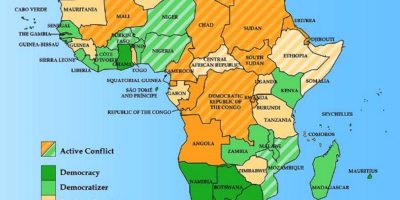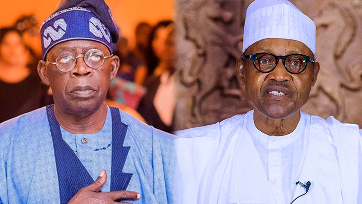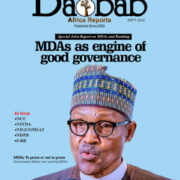According to Mercer’s When Women Thrive 2020, Sub-Saharan Africa Report, key areas such as advancing and retaining female employees have shown some progress over the past few years. The report also highlights that despite recent progress and achievements such as equal access to leadership roles in the workplace, there is still more work to be done. Mercer’s research finds that women in about 94% of organizations in sub-Saharan Africa have equal access to roles that lead to advancement into leadership positions – significantly higher than the global average of 79%.
| Chief Executive Officer, Mercer South Africa |
“In our findings, 88% of respondents in this region report that their organizations are already focused on improving diversity and inclusion. This is an incredibly positive sign that backs up progress we have seen in a few countries such as Rwanda, South Africa and Ethiopia,” said Tamara Parker, Chief Executive Officer, Mercer South Africa. “More women are becoming CEOs, joining corporate boards, and being appointed to high-level ministerial positions in said governments,” MS Parker added. Another positive aspect advancing workforce gender parity is equal access to opportunities – 56% have talent management practices in place for high-potential women, compared to 35% globally. Additionally, 78% of organizations say women are equally likely as men to move across business units and/or geographies, as compared to the global average of 71%. Additionally, and with the rising pressure to address areas where organizations appear to fall short, Mercer highlights that 82% of respondents say pay equity is part of their organization’s compensation philosophy or strategy (compared to 74% globally). Moreover, 78% of organizations have a team formally responsible for conducting pay equity analysis (compared to 72% globally).
Direct involvement in D&I initiatives and programs In organizations where a diverse workforce and inclusive culture is flourishing, senior leaders and board members play an important role. Senior executives in sub-Saharan Africa are helping to support cultural transformation by sponsoring meetings, publicly positioning diversity and inclusion (D&I) as a business imperative and participating as members of internal diversity councils (48% in sub-Saharan Africa versus 43% globally). Meanwhile, managers in Sub-Saharan Africa are significantly less involved in supporting D&I efforts than senior executives, which is a major barrier (and missed opportunity) to achieving progress. For instance, the figure for middle managers is 65% in sub-Saharan Africa, outpacing the global average of 53%. A critical part of the solution involves driving culture and tone from the top, a feat that can only be achieved by embracing a deep leadership commitment to taking action and engaging employees. Real D&I in the workplace could become a force for change, particularly in Africa where gender inequality remains high across the continent.That’s why women are better represented in organizations that view women’s health as critical to developing and retaining women and that offer targeted programs, including gender-specific health education campaigns and parental leave. Mercer’s When Women Thrive, 2020 Global Report shares insights from senior HR and business leaders across sub-Saharan Africa, covering policies and practices related to diversity, inclusion and gender equity, including issues pertaining to accountability, leadership engagement, pay equity, career development, health and then wellbeing and financial wellness. To download report, visit here.




















